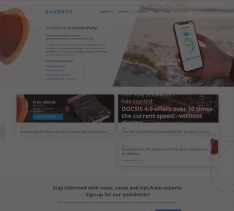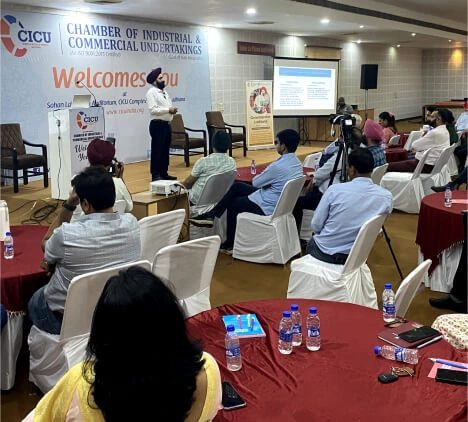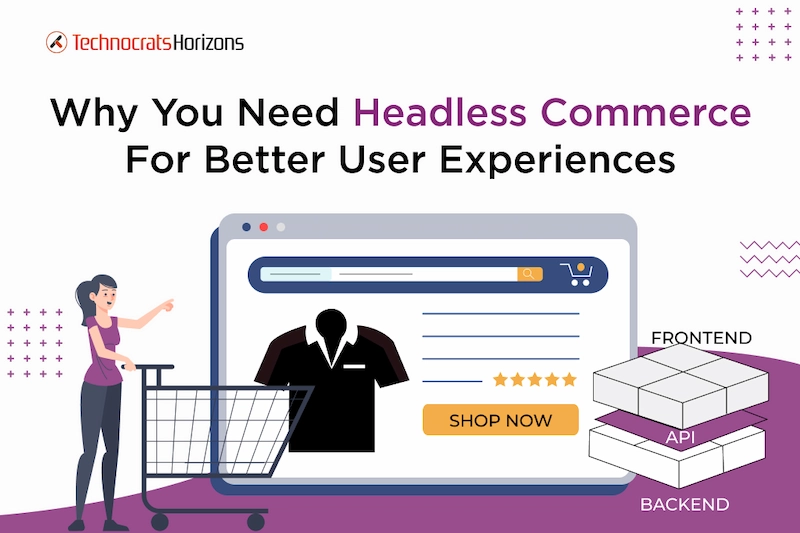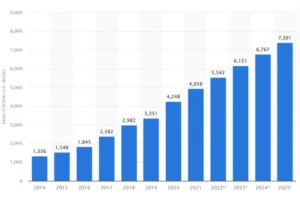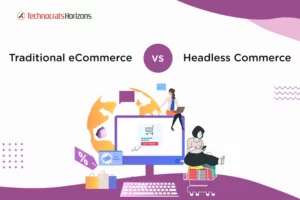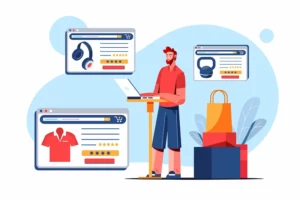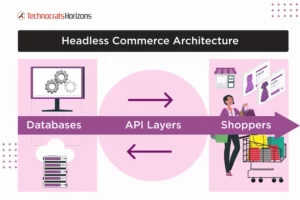Today, eCommerce is much more than simply selling products online. Even if you have a great product, it may not guarantee successful sales. This is because buyer attitudes towards the shopping experience have changed. To ensure successful sales, you need to provide streamlined eCommerce experiences and a personalized approach at every stage of your client’s journey.
While achieving these goals is possible with conventional eCommerce platforms, they don’t always offer fast and cost-effective ways to stay technologically updated and meet client expectations. This is where headless commerce comes into play, revolutionizing the online retail sector by providing a more practical and affordable way to enhance digital agility.
According to stats, 92% of businesses agreed that headless commerce helps in delivering impactful digital experiences.
In this blog post, we’ll discuss headless commerce and how it can empower businesses to elevate their online presence, give personalized experiences, and stay ahead in the rapidly evolving digital landscape.
What is Headless Commerce?
Impressive stats right? There’s a reason why there is so much hype for headless commerce. But before that, you need to understand what exactly it is.
Building an online shop is like creating your dream home. Headless commerce is the modern way to build this ‘home’. It’s like having a cool team of architects (the back-end commerce engine) and interior designers (the front-end presentation layer) working together. They make a good team, but they’re equally good individually and without much interdependence.
Traditionally, creating an eCommerce website was a bit like building a house where the shape of your rooms was fixed, and you couldn’t easily change it, that’s how most online stores used to work. But with headless commerce, you can move around and make changes however you like because the front-end and back-end are separate.
In simple words, headless commerce lets you build an online store with creative freedom. It’s like being both the architect and the artist, creating an online shopping experience that’s just right for you and your customers. It’s a technology that’s flexible and fun, making online shopping a much more personalized and engaging experience!
Difference Between Traditional eCommerce and Headless Commerce
We have compiled the key differences between traditional eCommerce and headless commerce based on multiple parameters, so you can make an informed choice:
| Parameter | Traditional eCommerce | Headless Commerce |
|---|---|---|
| Frontend Flexibility | Limited front-end customization and flexibility. | Highly flexible front-end with customizable experiences. |
| Backend Flexibility | Tightly integrated backend, limiting tech stack choice. | Decoupled backend, enabling diverse technology choices. |
| Development Speed | Slower development due to monolithic architecture. | Faster development due to modular and parallel work. |
| Scalability | Scalability is constrained by the monolithic approach. | Highly scalable, allowing scaling of specific components. |
| Customization Possibilities | Limited customization options, often template-based. | Extensive customization and unique brand experiences. |
| Third-Party Integrations | Integrations may be complex and limited in scope. | Easier integrations with various third-party services. |
| Content Management | Built-in CMS features but less flexibility for content. | Flexible content management due to separation of concerns. |
| User Experience | Standardized user experiences with less innovation. | Highly innovative and tailored user experiences. |
| SEO | SEO can be challenging due to limited optimization. | Enhanced SEO capabilities with flexibility in optimization. |
| Maintenance Effort | More effort in maintaining a monolithic codebase. | Easier maintenance and updates with a modular structure. |
What Are the Benefits of Headless Commerce?
1. Flexibility and Agility: Headless commerce allows businesses to adapt and change the front-end user interface easily without affecting the back-end functionality. This agility helps keep up with evolving market trends and customer preferences.
2. Personalized Customer Experience: With the ability to customize the front-end independently, businesses can provide a tailored and personalized user experience. This enhances engagement and conversion rates by showing relevant content and products to individual users.
3. Faster Time-to-Market: Decoupling the front-end and back-end development speeds up the process of launching new features and updates. Businesses can swiftly bring innovative features to customers, gaining a competitive edge.
4. Multi-Channel Integration: Headless commerce allows seamless integration with various channels such as mobile apps, websites, web apps, social media, or even IoT devices. This ensures a consistent brand experience across different platforms, enhancing brand presence and reach.
5. Scalability and Performance: By separating the user interface from the backend processes, the system can be optimized for performance, ensuring a smooth shopping experience even during high-traffic periods.
6. Improved Security: Isolating the front-end from the back-end adds an extra layer of security. Sensitive customer data can be better protected as only necessary information is exposed to the user interface.
7. Innovation and Experimentation: Frontend developers and designers have the freedom to experiment and innovate independently without disrupting critical operations. This promotes creativity and allows for continuous improvement in the user experience.
8. Cost-Efficiency: Focusing resources on specific components can optimize costs. For instance, businesses can allocate resources separately for front-end and back-end development based on their needs and priorities.
9. Third-Party Integration: Integrating third-party services and tools becomes more manageable since the front-end and back-end are decoupled. Businesses can easily integrate analytics, payment gateways, or other tools without complex modifications.
10. Future-Proofing: As technology evolves, new devices and platforms emerge. Headless commerce future-proofs your business by providing the flexibility to adapt and integrate with emerging technologies, ensuring sustainability and relevance in the long run.
We Help You Deliver Exceptional User Experiences!!
How to Get Started With Headless Commerce?
Headless commerce is a relatively modern and technical concept, hence you need a good judgment on whether your business really needs it or not. But if you prioritize delivering excellent user experience to your customers you will need it. Here are a few things to consider to start with headless commerce:
-
-
Choosing the Right Platform
-
For small firms, integrating APIs into your existing eCommerce platform might be the best choice. On the other hand, many mid-market or corporate businesses prefer using a SaaS (Software as a Service) solution. A SaaS platform offers increased scalability and flexibility in the long run.
It’s a good thing if you already have a Shopify store. Numerous Shopify APIs are available to help you go headless while retaining access to your current commerce functionality.
-
-
Adopt a Headless CMS
-
The next step is to choose a content management system. A headless CMS is necessary if you’re distributing content across various presentation channels. With this type of platform, you can distribute the material through APIs to multiple touchpoints while optimizing content for various channels.
The first type to consider is an open-source headless CMS. Open-source headless CMS programs are the best for customization because they provide users with access to the source code. The second option is to purchase a headless CMS from a SaaS provider. These options are easy to use and quick to implement.
-
-
Sync Up Your APIs and CMS
-
Keep in mind that syncing involves linking your headless CMS to your APIs. This is a crucial stage in the process, where the magic happens to create a seamless system that unifies the front-end and back-end. We recommend gradually transitioning away from a traditional eCommerce platform instead of doing it all at once. Create and synchronize APIs for the more specialized parts of your headless CMS, such as a blog post or landing page. Test, refine, and scale up the method once you are confident with it.
-
-
Reliable Technological Infrastructure
-
A robust technological foundation is necessary for a successful headless commerce architecture. This requires dependable servers, databases, and network infrastructure that can effectively handle your company’s evolving needs as it grows.
-
-
Specialized Development Team
-
Companies require a skilled development team to efficiently execute API integrations and maintain the headless Commerce ecosystem. Headless commerce relies on APIs (Application Programming Interfaces) to connect the frontend and backend systems. It’s essential to hire front-end developers experienced in using headless frameworks and back-end experts proficient in creating APIs and integrating systems.
Is It Worthwhile to Switch to Headless Commerce?
While transitioning from a conventional monolithic eCommerce platform to a headless commerce platform might incur costs, the benefits often outweigh the drawbacks.
With API-driven integrations, a modular headless platform prioritizing APIs can streamline back-end development. The ability to modify site components, create new connectors, or release security updates with no risk and downtime grants developers more flexibility.
Crucially, headless eCommerce enables omnichannel sales. Retailers can tailor the front-end of each brand across all channels using a headless commerce approach, providing distinct and seamless purchasing experiences.
Final Opinion on Headless Commerce
Headless commerce has several advantages over traditional trade. In a BigCommerce poll, approximately 66% of eCommerce businesses indicated interest in implementing it in order to remain competitive in today’s rapidly changing market.
Do you want to use headless commerce to give your customers a thorough, unique, and integrated buying experience? Technocrats can help you transition your eCommerce business to headless commerce solutions. Feel free to share your company’s objectives with us, and we will help you accomplish them.
Looking For eCommerce Development? Choose Us!!
Ready to sell online and boost profits!
We have all the skills and experience in boosting online sales and improving user experience. Let’s begin this journey!


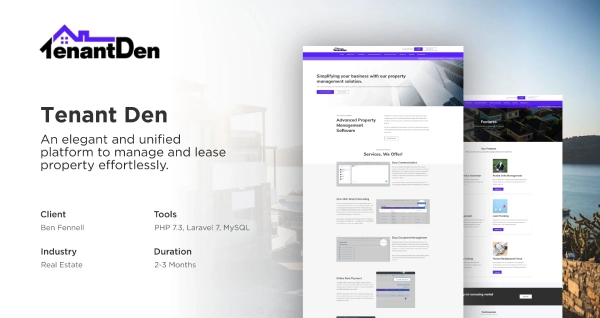
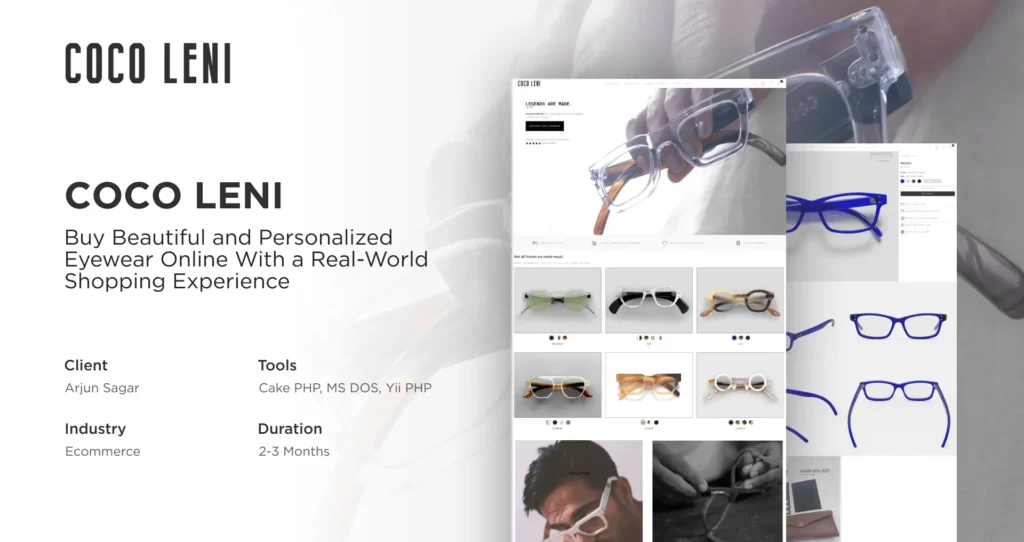
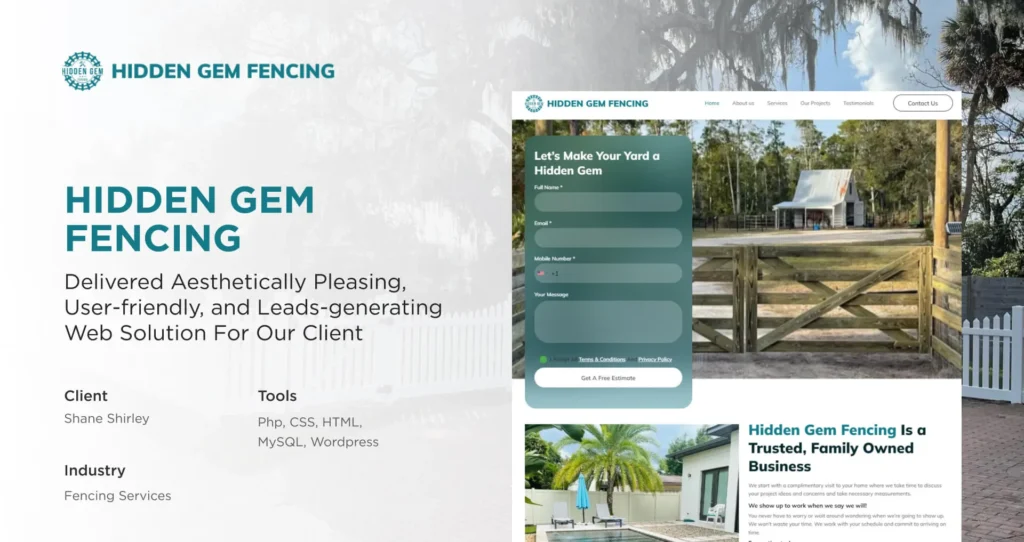
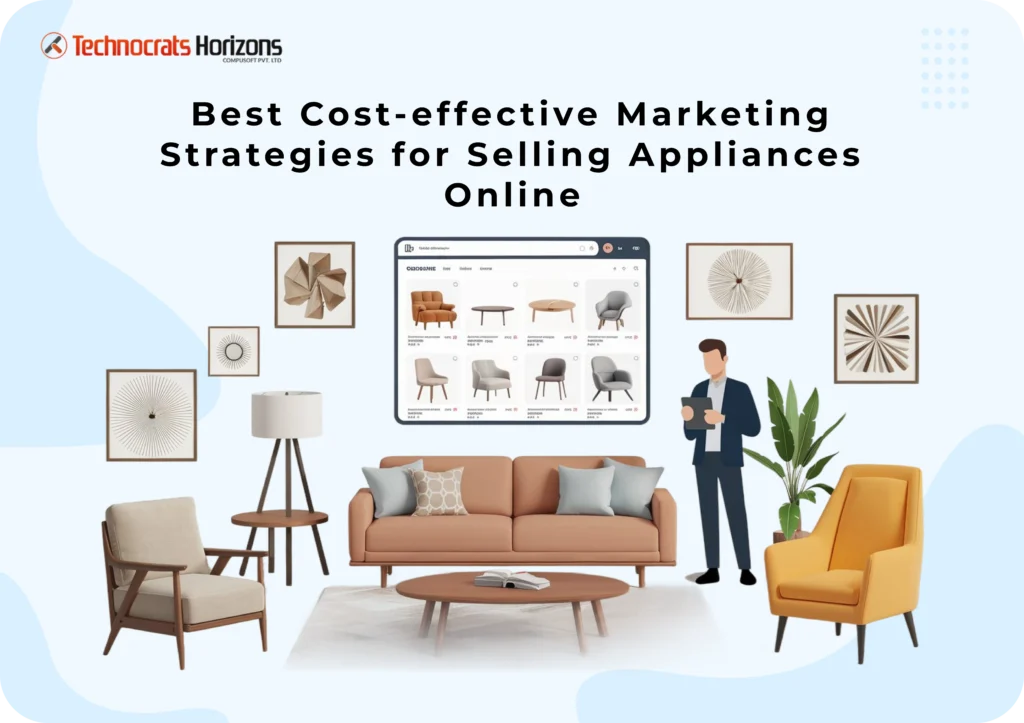
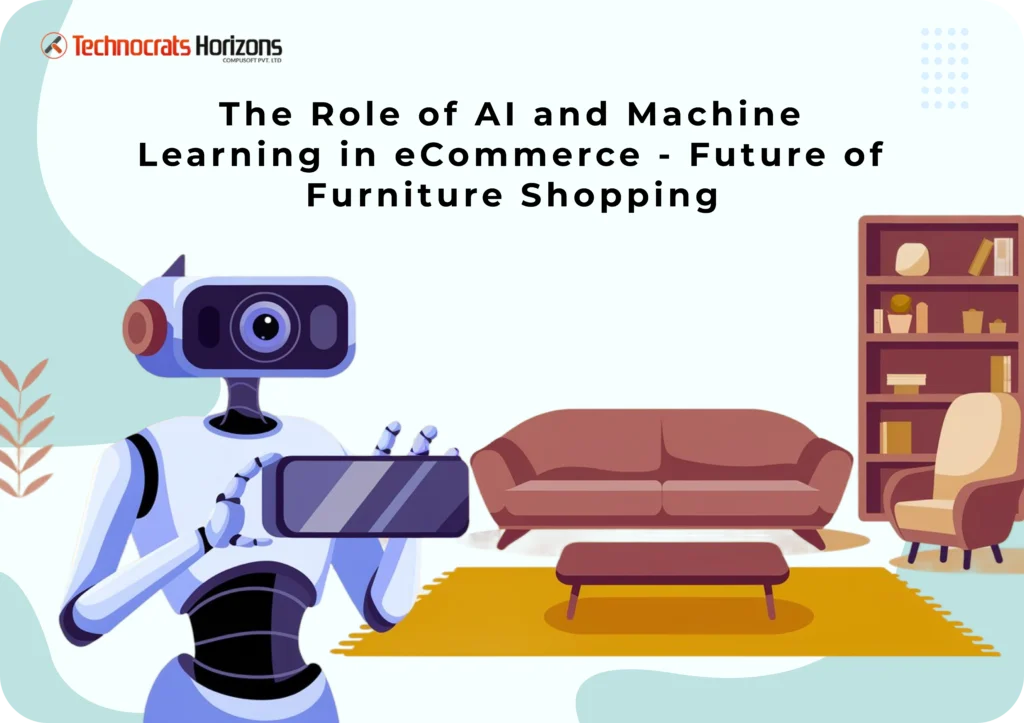
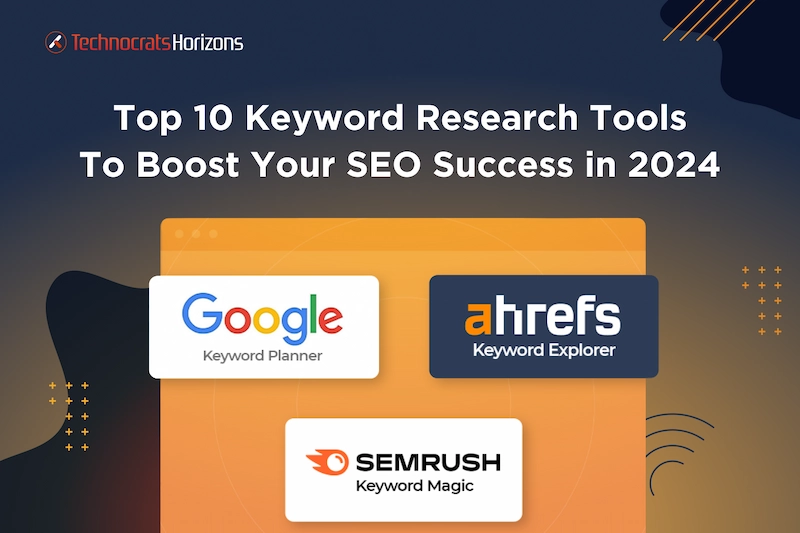
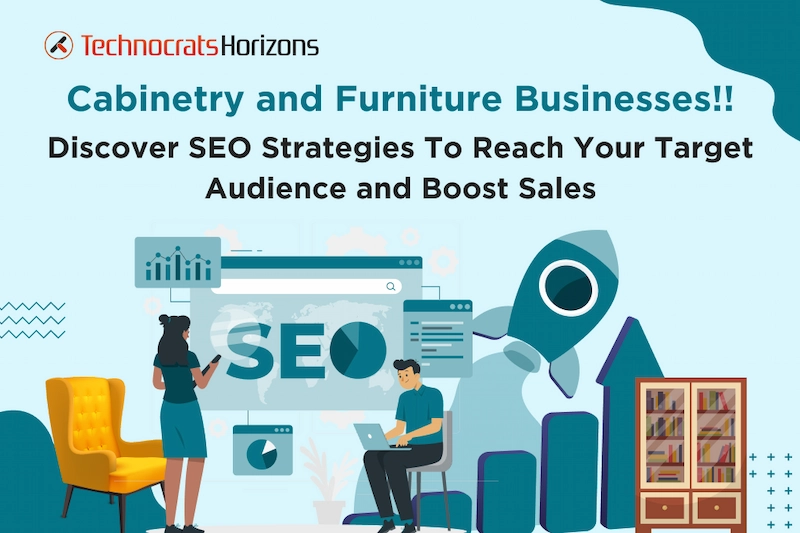
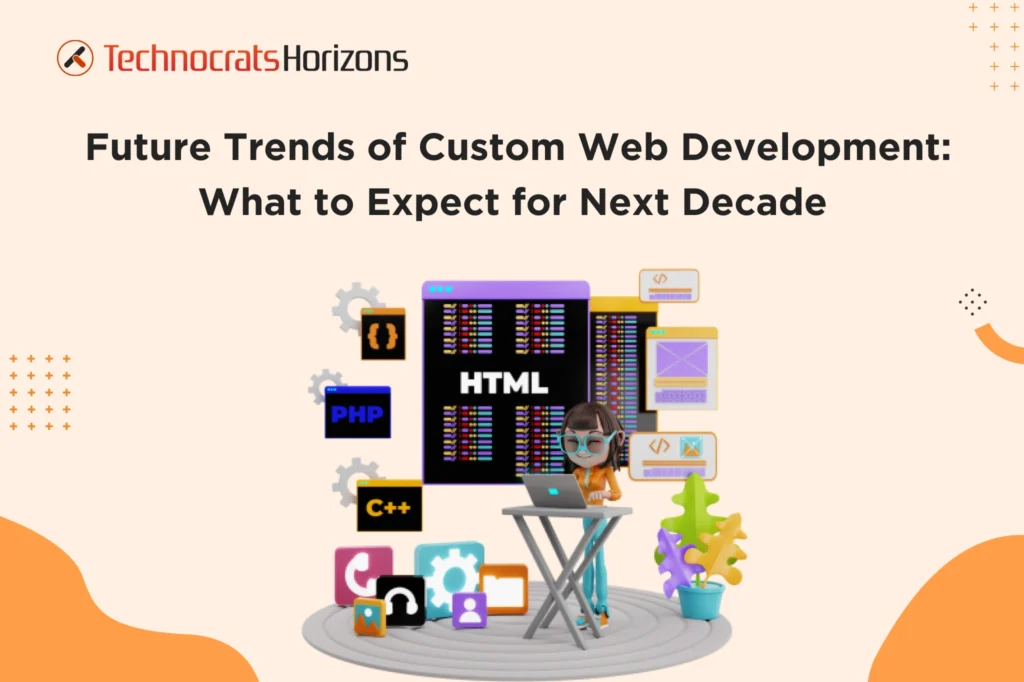
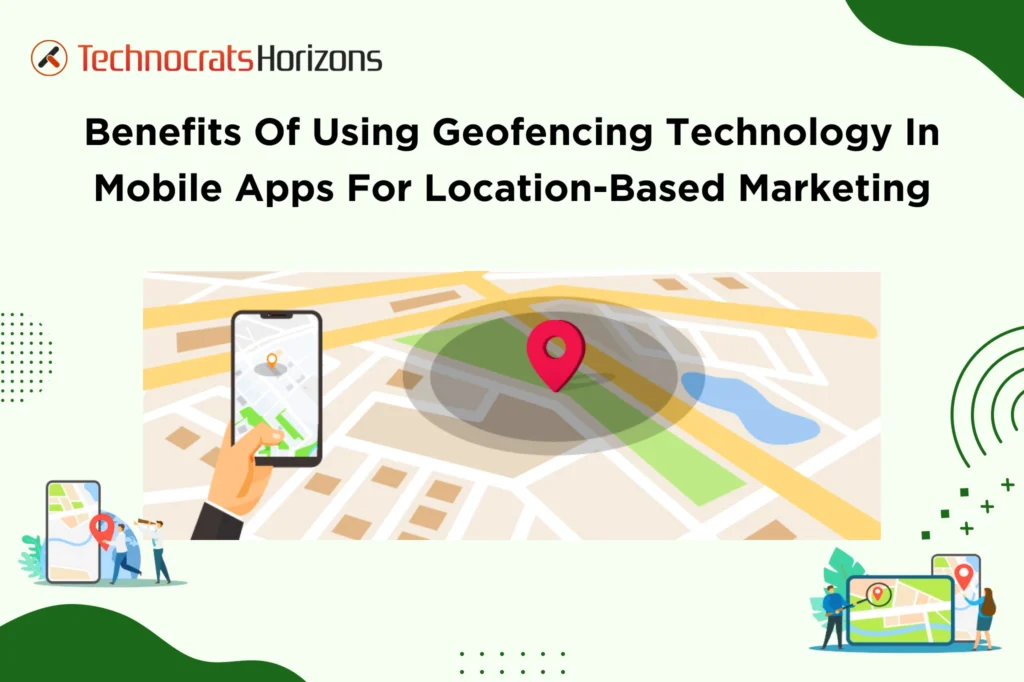
 Request a
Request a













